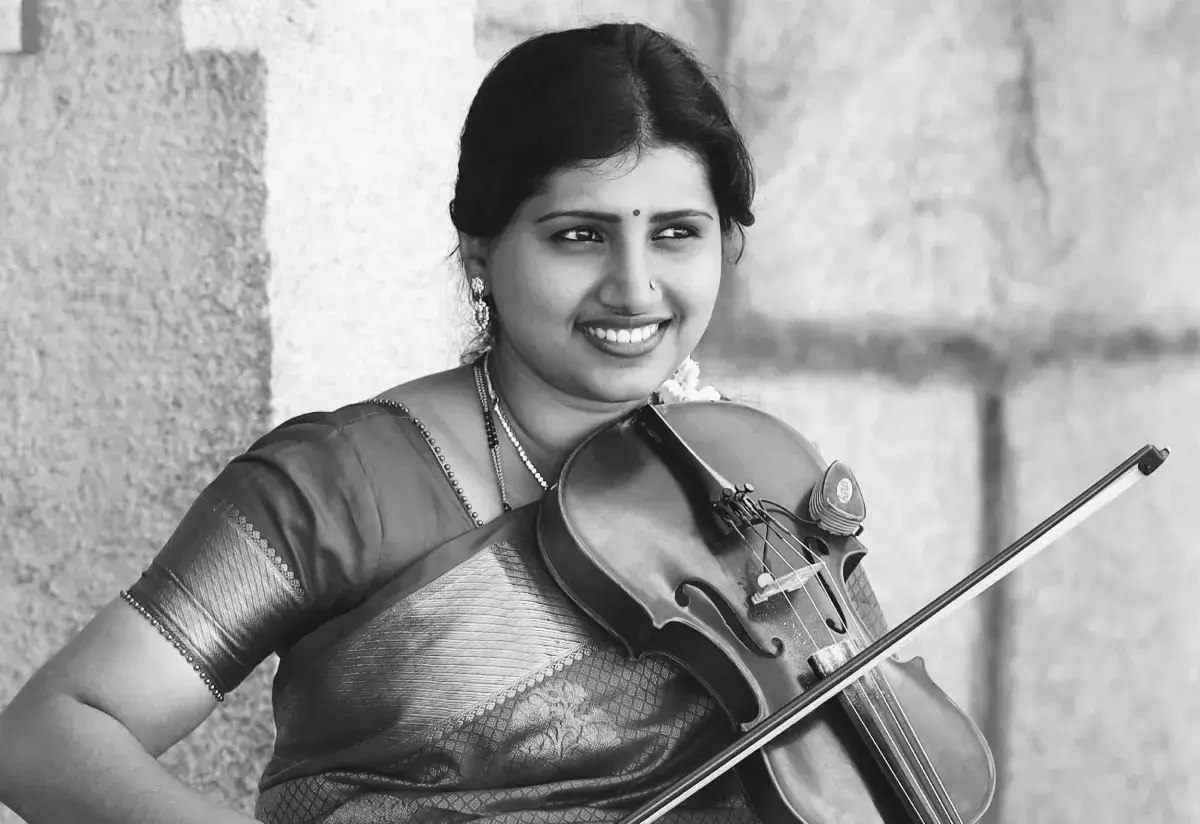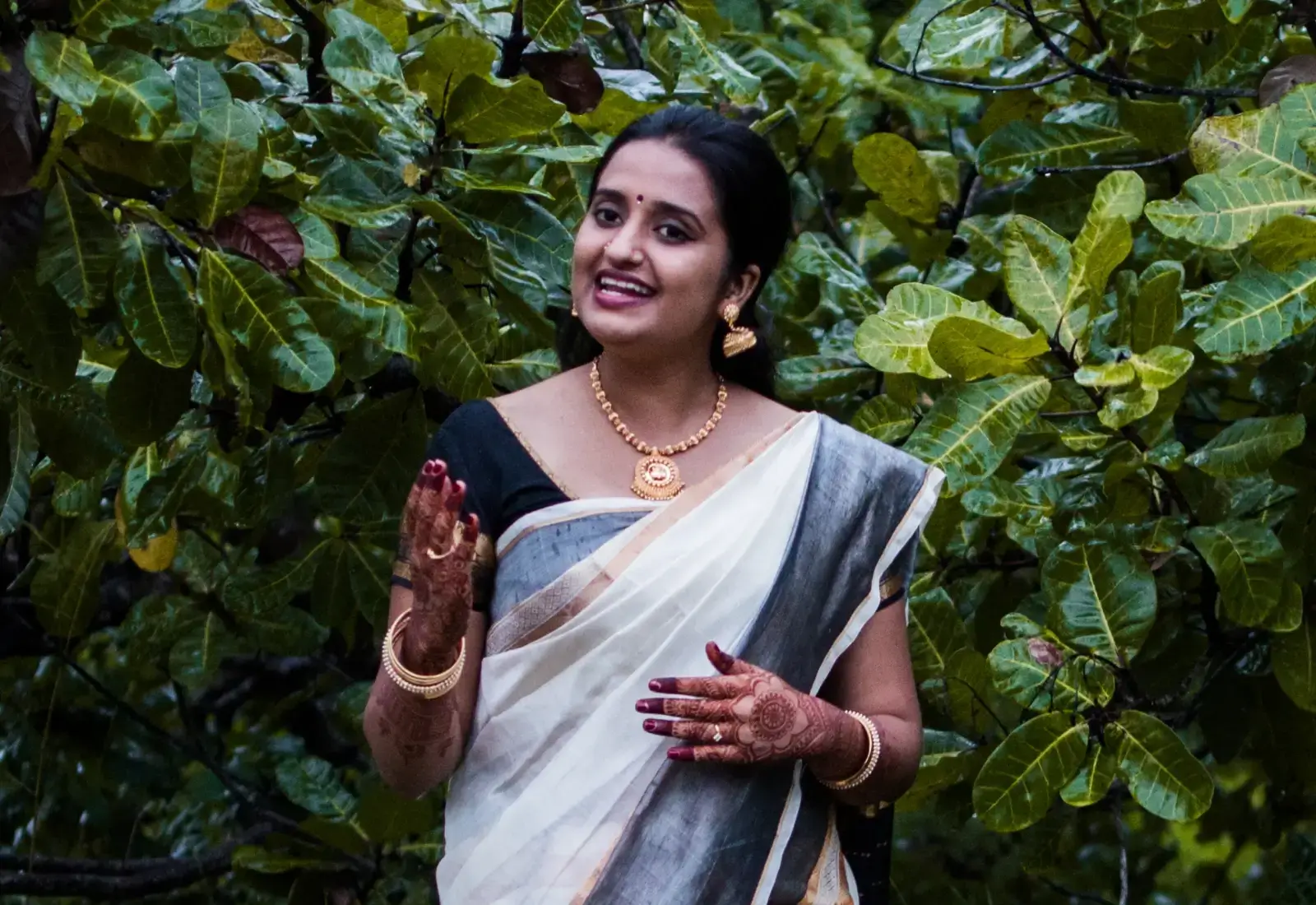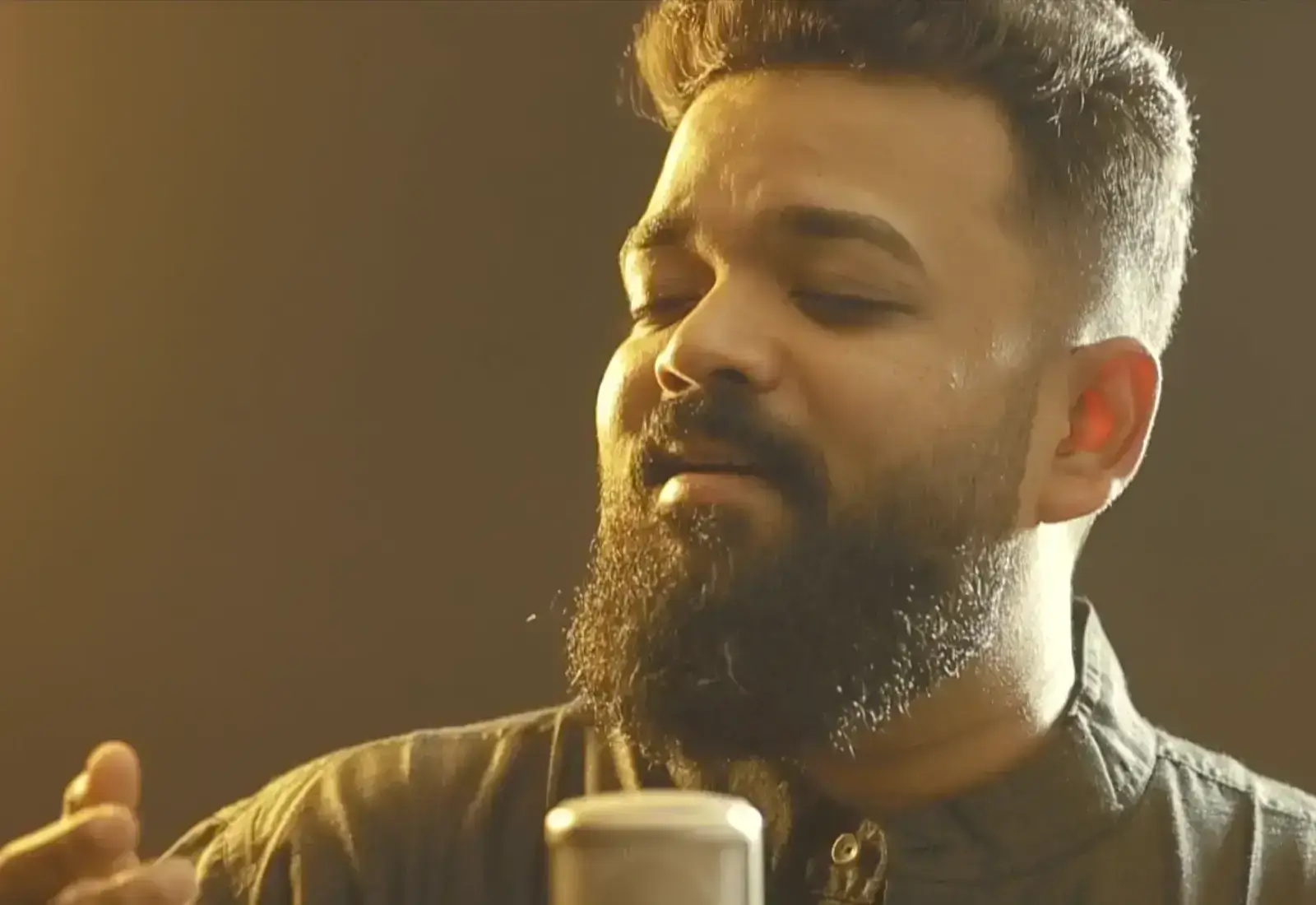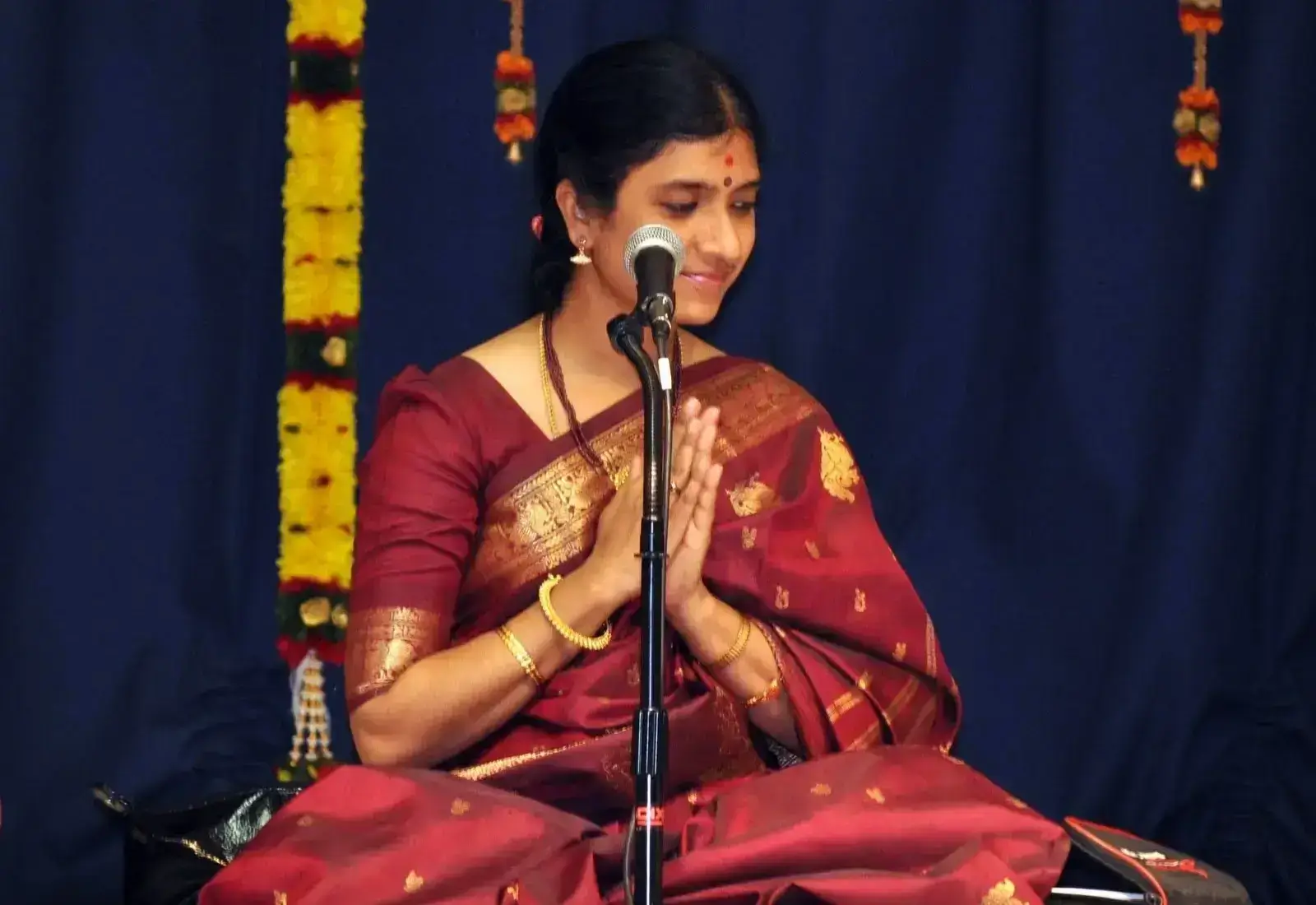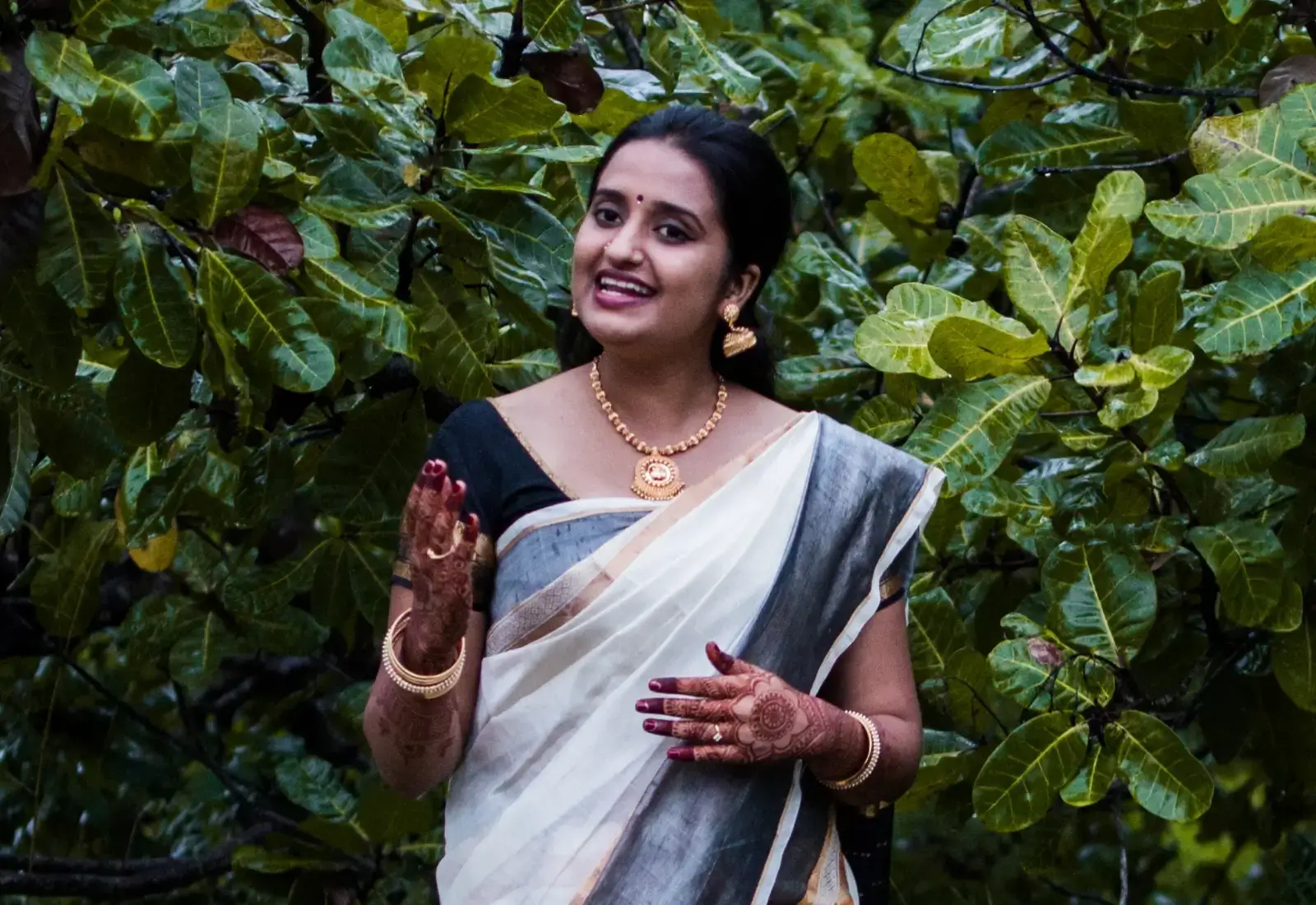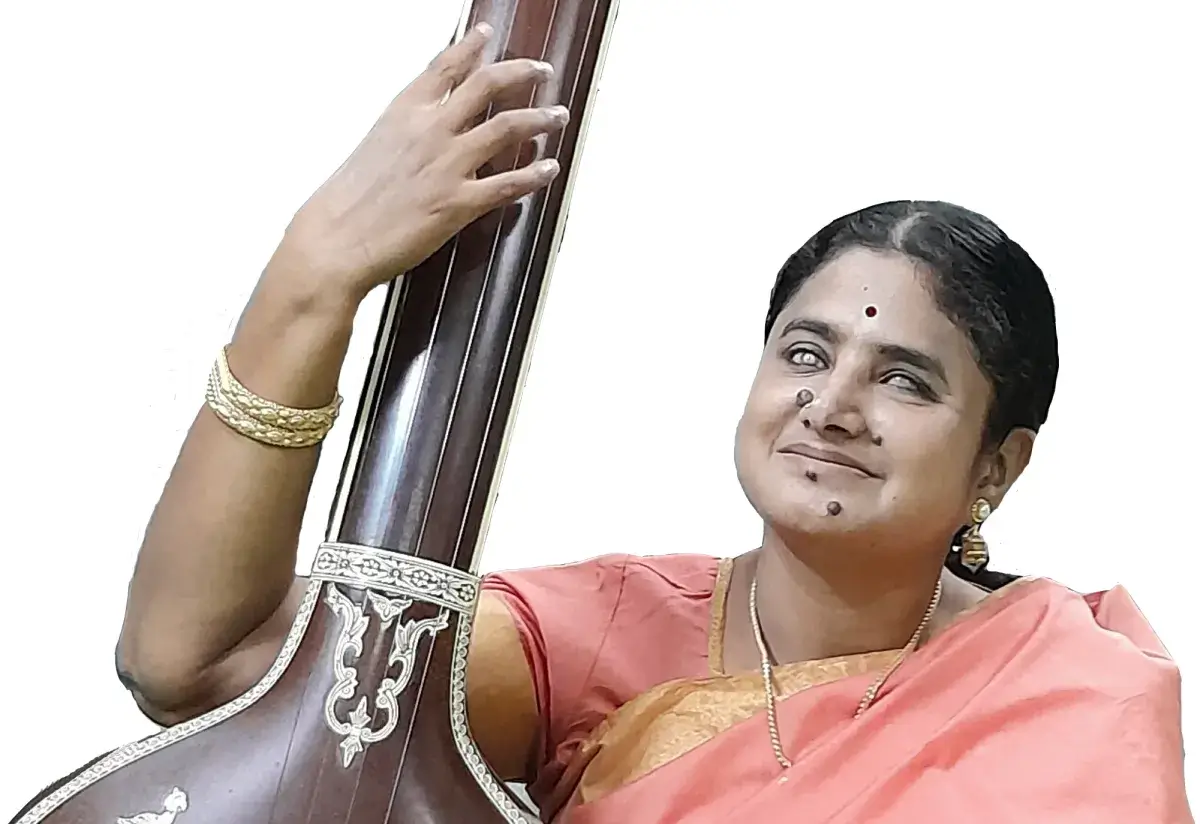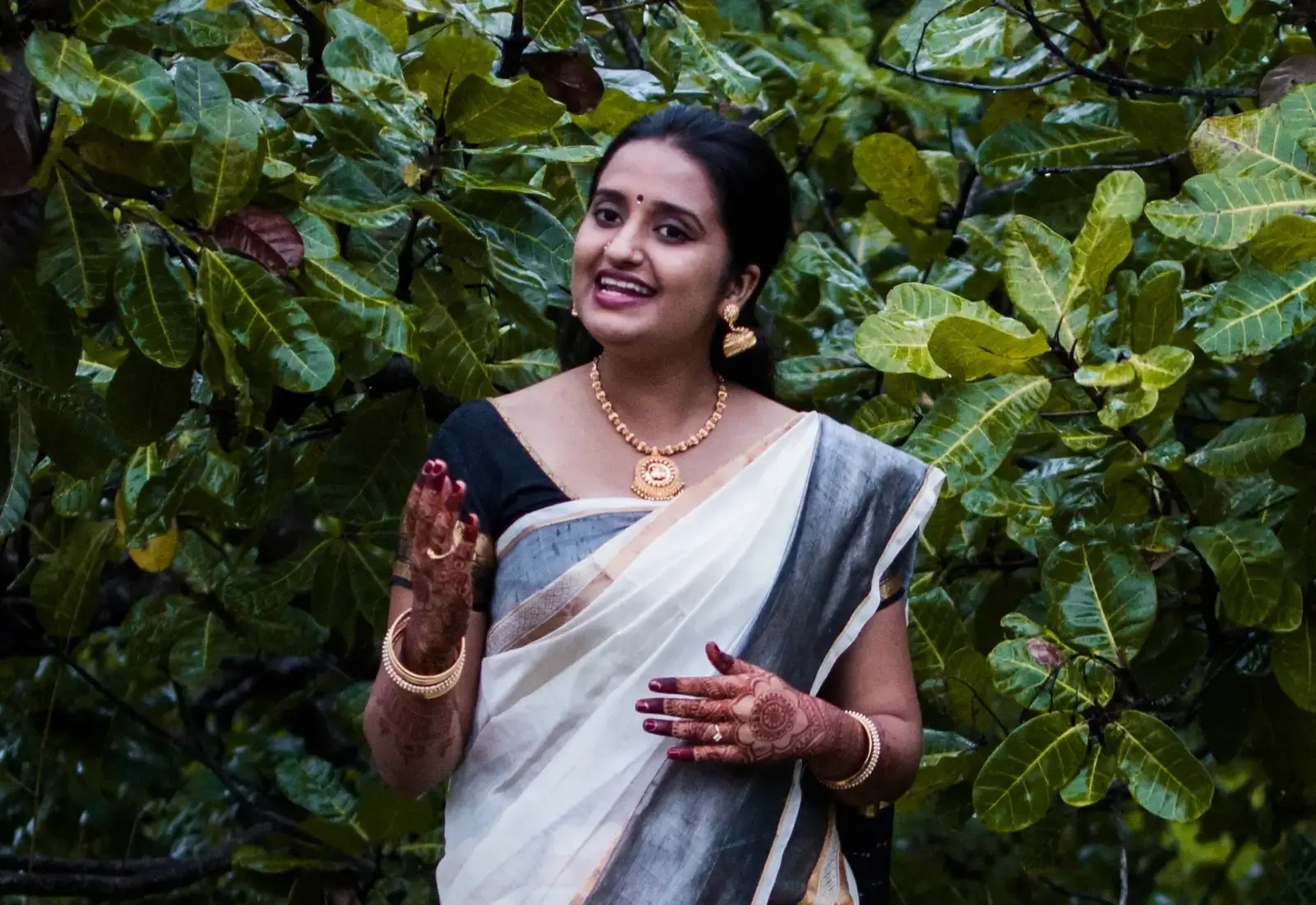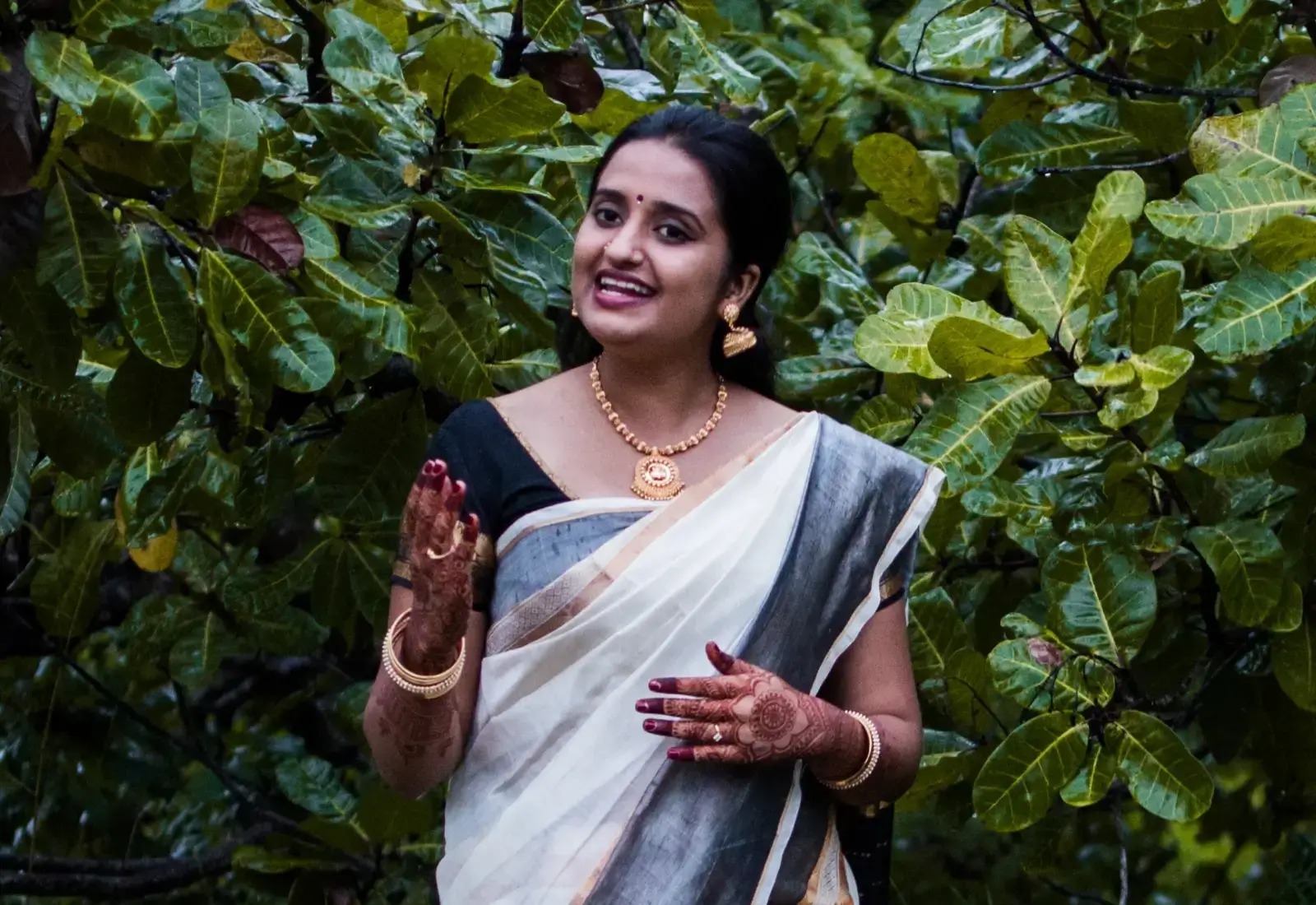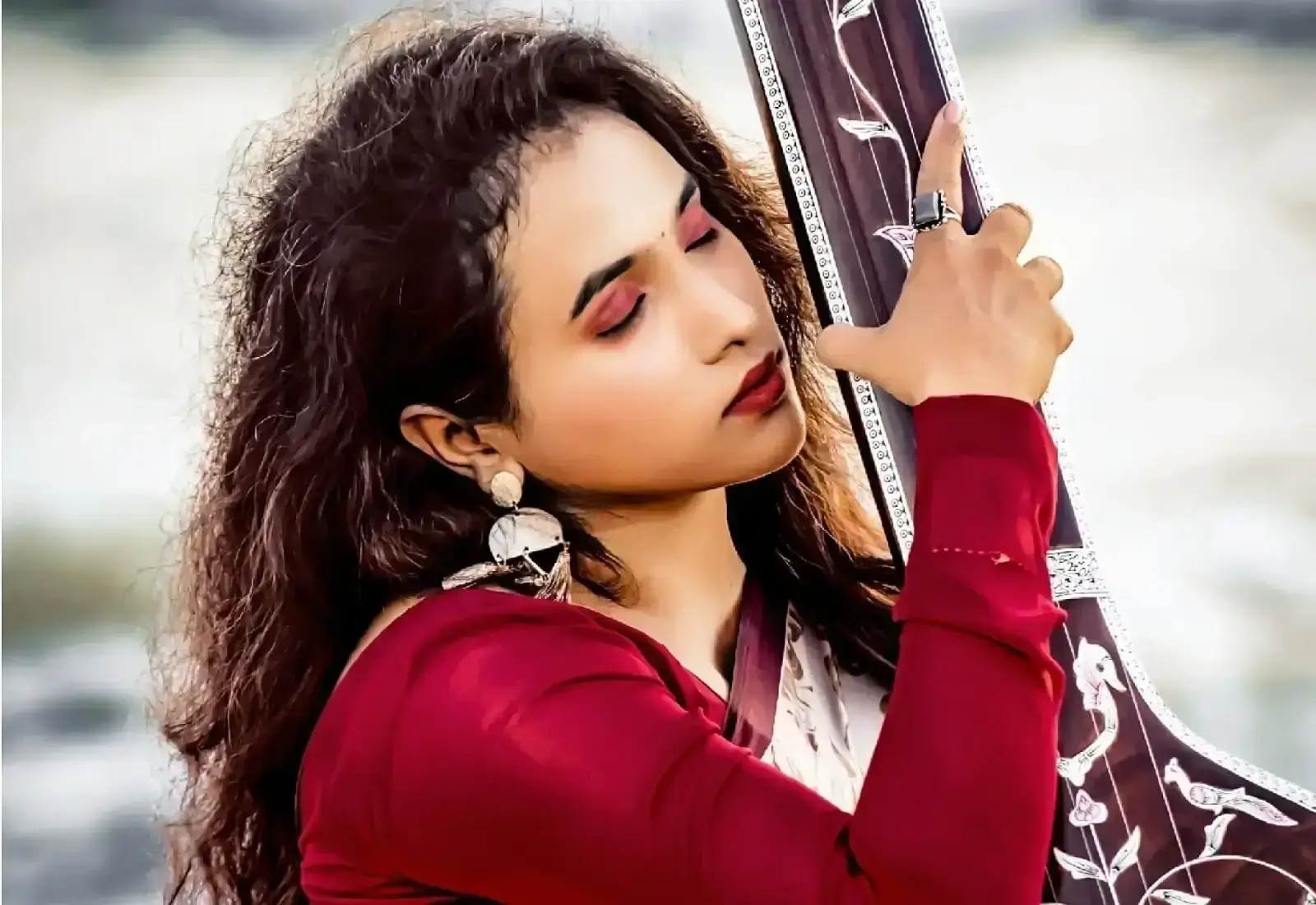Carnatic Music Overview
Carnatic music is the main musical tradition of South India, the counterpart to Hindustani classical music of North India. Both share many principles and techniques but evolved under very different influences. The work of a Carnatic musician is spiritual in context, as the basic principles of this tradition provide the tools necessary to express great emotion. Carnatic tradition is known for its complex rhythms and melodies, based on the classical Indian frameworks of talas and ragas. The most popular instruments used in Carnatic performances include vocals, mridangam, ghatam, kanjira, santoor, venu flute, tanpura, and veena. The basis of Indian classical music was vocal performance and because of this, many Carnatic instruments and techniques, such as konnokol, emulate or utilize the human voice. Carnatic music consists of vocals and instrumentals, or only vocals or instrumentals, and are either purely musical or a combination of music and drama. The musical-dramatic recitals typically follow the form of Harikatha, the art of storytelling. Performances rely heavily on interpretation and improvisation. However, at the core of any Carnatic performance are the roots of Indian classical music.
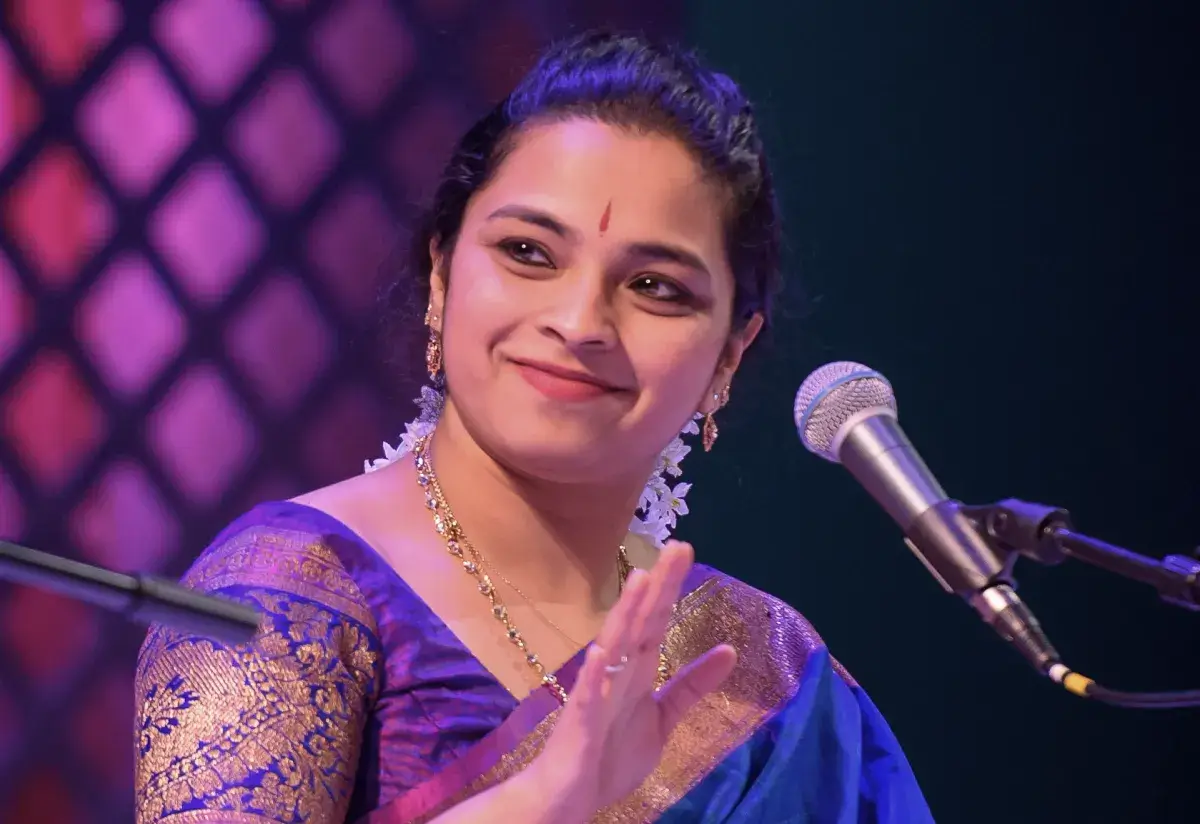
History of Carnatic Music
Ancient:
All classical Indian music originates from the text Natya Shastra, where Bharata defines the fundamentals of music as an art form encompassing Swara, Tala, and Pada. It is here, at the beginning of the common era, that music began in India as a form of worship and prayer to the Devas. While both Carnatic and Hindustani music originated from the same source, the definitive split in the two styles happened after the rise of the Mughal empire. Muslim influence divided how classical music developed, as the Northern part of India was influenced by Persian and Arabic musicians, and the South continued to develop its musical style without outside influence. However the differences occurred, the fundamental aspects of Hindustani and Carnatic classical music have remained largely the same.
Medieval:
South Indian music grew in popularity in the capital of Yadavas, Deogiri. However, in the aftermath of an invasion, the celebrated culture of South India remained intact only in the Carnatic Empire of Vijayanagar, where the musical style derives its name. The term ‘Carnatic’ and ‘Hindustani’ first appeared in Haripala’s Sangeeta Sudhakara, written in the 14th century CE. In the year 1484, Carnatic music gained refinement and systematization through 'Carnatic Sangeeta Pitamaha' Purandaradasa. He defined the Malavagowla scale, created exercises for beginners in the art, and shaped the tradition in a palatable format that allowed it to grow in popularity and practice. Throughout the 17th century, the compositions of Carnatic music grew with the contributions of Tallapaka Annamacharya, Narayana Tirtha, Kshetranja, and Bhadra-chalam Ramdasa (and many others) as these prolific artists continued to further define the genre.
Modern:
In the 18th century, the 'Musical Trinity', comprised of three of the most celebrated composers of Carnatic music, came together and combined their knowledge, spirituality, and deep love of traditional musicianship with newfound innovation. These three composers are Syama Sastri (1762-1827), Tyagaraja (1767-1847), and Muthuswami Dikshitar (1776-1835). From this time on, composers of Carnatic music have aspired to meet their level of contribution to the art. In the year 1904, 'Sangeeta Sampradaya Pradarsini' was written by Subbarama Dikshithar. This text has served as the authority regarding the history and evolution of Carnatic music for the previous centuries, including lists of composers and contributors to the tradition.
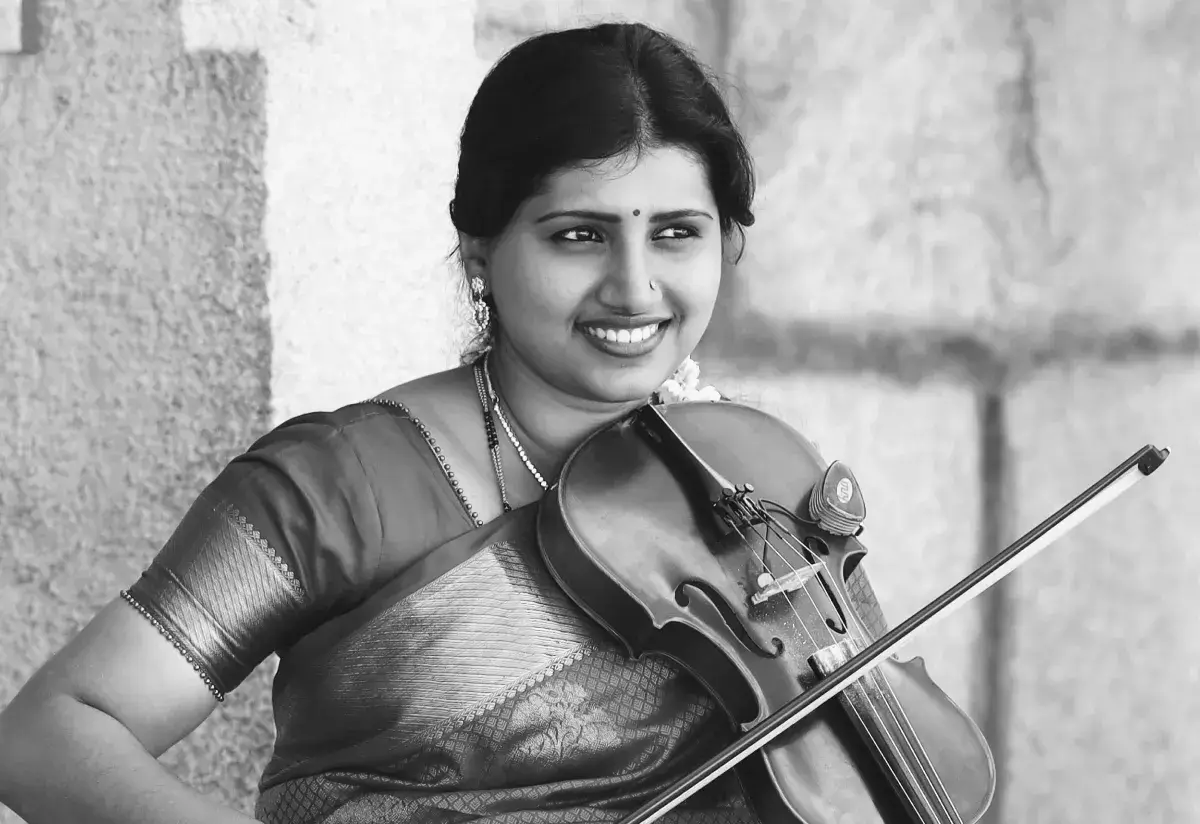
Principles and techniques
The fundamentals of Carnatic music can be broken down into four main concepts: Sruti, Swara, Raga, and Tala. Sruti refers to the musical pitch that is perceived by human ear and includes the four Vedas. Swara is the type of musical sound that is a single note, including sa-ri-ga-ma-pa-da-ni. There are 12 swaras in total, a combination of which makes up a 'thaat.' Ragas are a system used to prescribe a set of guidelines for constructing the melody. These ‘guidelines’ include direction for movements up (aarohanam) and down (avarohanam) the scale, and which notes are sung with ornamentation (gamaka), among other concepts. Tala is a system that works as a measurement of time, or meter. Simple talas are formed of three parts (called angas): laghu, dhrtam, and anudhrtam. These three comprise the seven basic tala groups: Ata tala Dhruva tala Eka tala Jhampa tala Matya tala Rupaka tala Triputa tala
Types of compositions In Carnatic Music
Carnatic music is unique in that the written composition of the music embodies both the composer’s creation and the musician’s interpretation. This means that when a piece of Carnatic music is performed, the audience expects not only that the music will be played expertly and with precision, but also that the musician will understand the composer’s intent and will interpret the meaning of the music while incorporating their own style. In this way, each performance is a new experience to the audience. This practice ensures that each performance is emotionally charged with layers of expression. Each beginning musician starts their practice by mastering the geethams and swarajatis which were created with the intent of providing a basic understanding of the art form and offers the beginner a source of a learning exercise. Once these are mastered, the musicians move on to the most common forms in Carnatic music, the Varnam and Kriti. Varnams are short pieces that contain the basic elements of a raga. Varnams are known for having an incredibly complex structure and are typically performed at the beginning of a performance as a warm-up. Kriti (consisting of three units: pallavi, anupallavi, and charana) is longer and is the song-type style of Carnatic music. Kriti is usually in Telugu or Sanskrit language and the themes may be heroic, romantic, or narrative in nature.
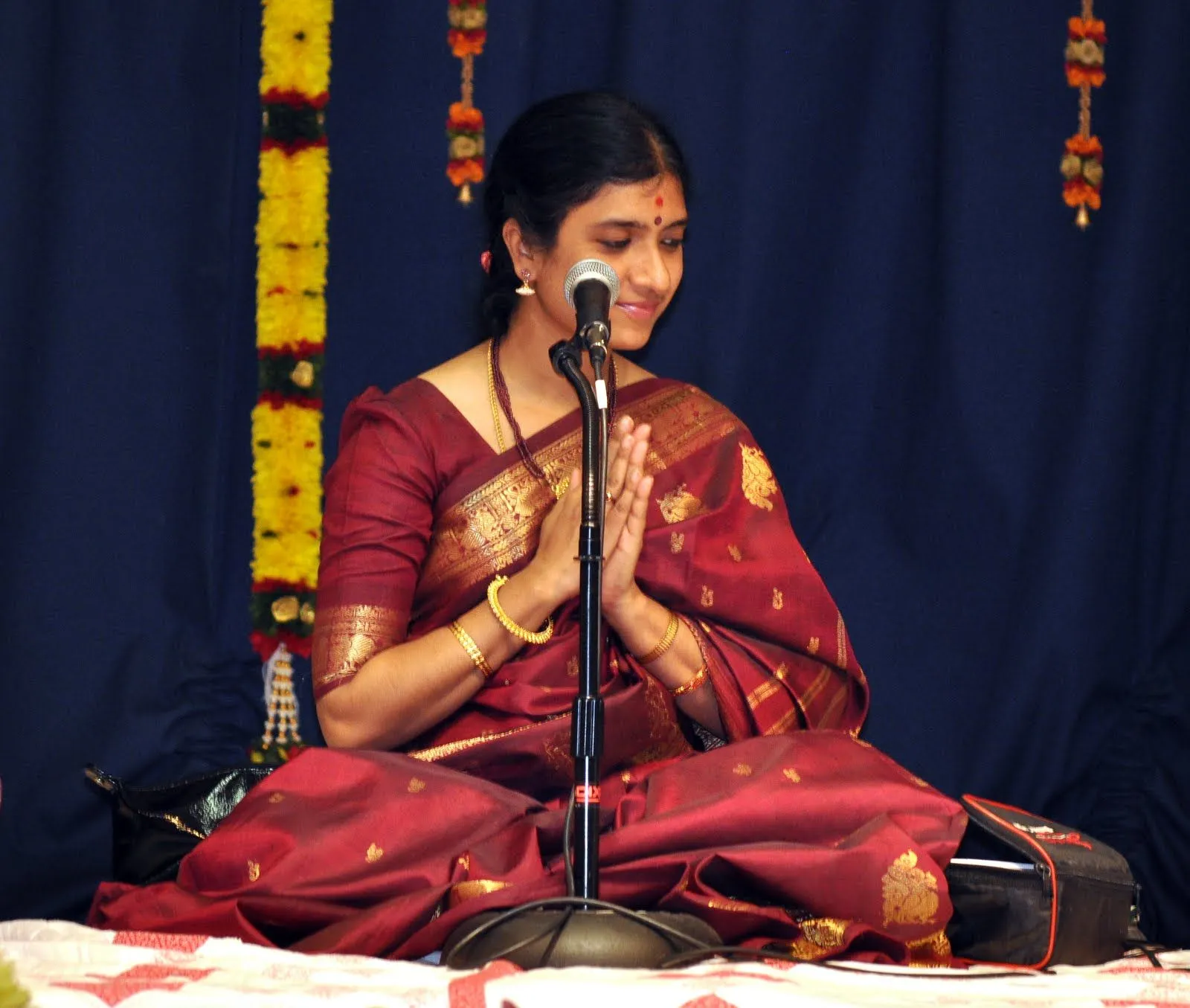
Carnatic Music Notable Artists
The beauty and tradition of Carnatic music have inspired many composers and musicians over the years. Some of the most prominent Carnatic artists today are:
- Akka Mahadevi
- Allama Prabhu
- Arunagirinathar
- Kamakshi N S (View her course)
- Basavanna Jayadeva
- Kavi Kunjara Bharati
- Koteeswara Iyer
- M.D. Ramanathan
- Mayuram Viswanatha Sastri
- Muthu Thandavar
- N. Ramani
- N. Ravikiran
- Narahari Tirtha
- Pallavi Seshayyar
- Purandara Dasa
- S. Ramanathan
- Sripadaraya
- Swathi Thirunal
- Tallapaka Annamacharya
- Vadiraja Tirtha



